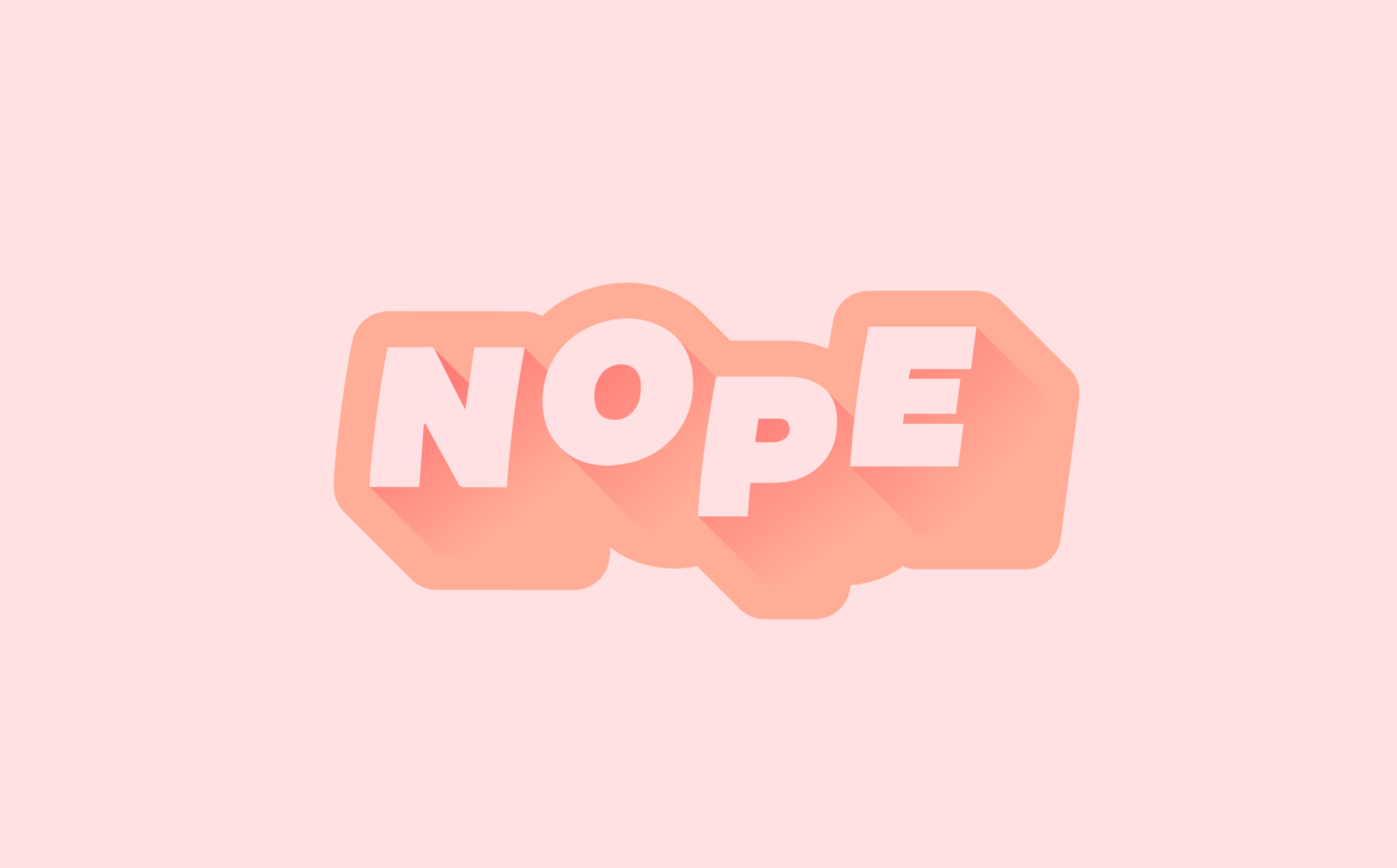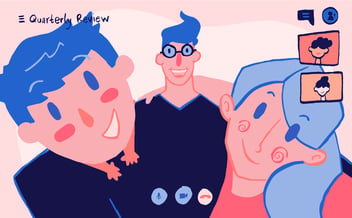
After losing a lot of weight over the past nine months — like 70ish pounds — all I want is a new headshot. And yet I still don’t have one, and that’s okay. In fact, I’m wearing it like a badge of honor, because continuing to use my outdated headshot means that I learned a valuable lesson around empowerment. But wait, how could those two things possibly be related?
Let’s take a step back.
Before COVID-19 put the brakes on everything, our leadership team at Softway was gearing up for conferences, trade shows, speaking engagements—all that jazz. As a leader, I knew I’d need to provide a headshot for all of these engagements, and I was laser-focused on one thing: making sure that the headshot I used was NOT the old one.
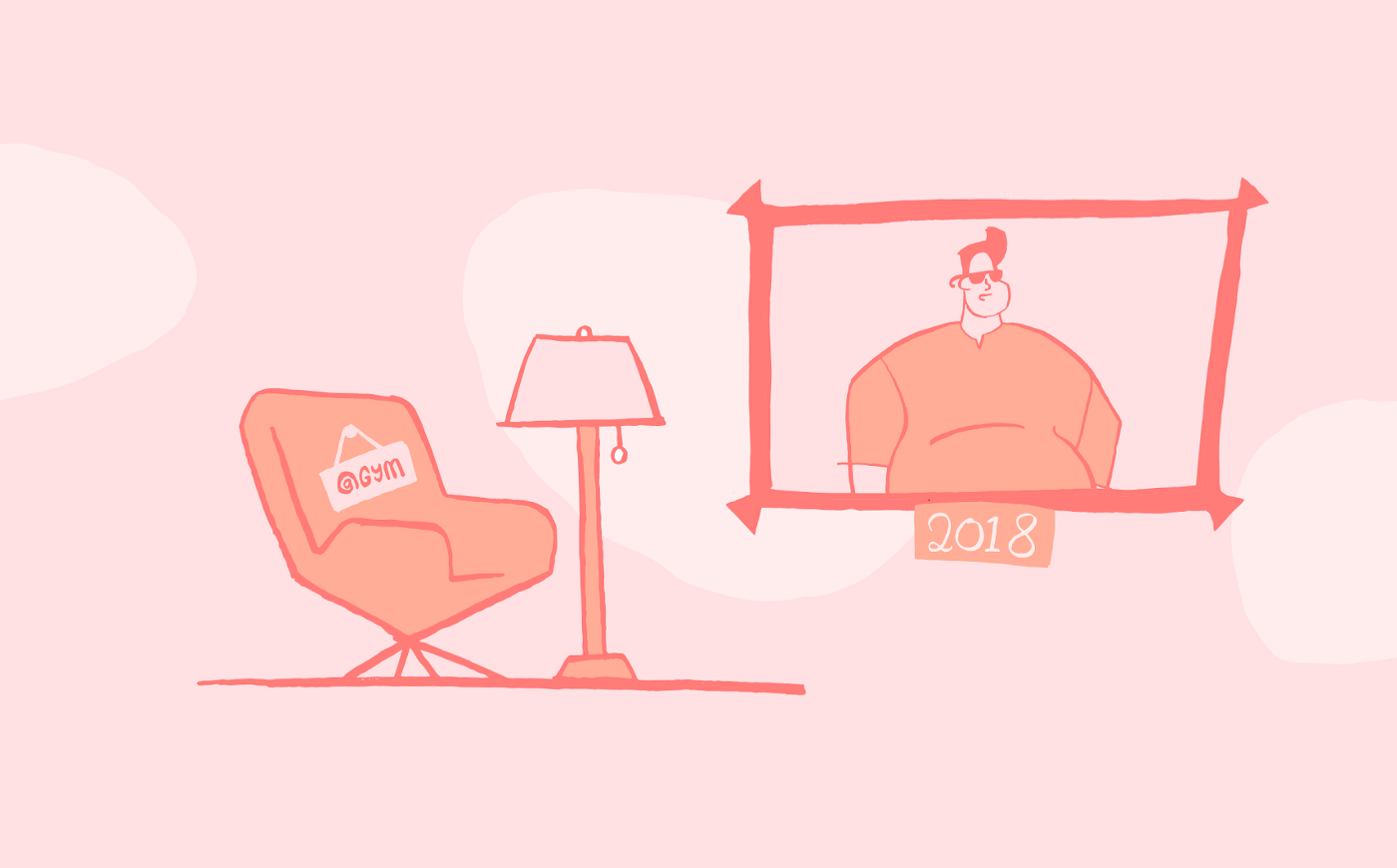 The “new me” framing up my hang cleans, the “old me” just framed up. Original artwork by Brian Jacob
The “new me” framing up my hang cleans, the “old me” just framed up. Original artwork by Brian Jacob
An opportunity arrives
You can imagine my delight when I overheard that we were going to be hosting a two-day photoshoot for our marketing campaigns.
Finally! I’d be able to show off my new-found skinniness. All I had to do was pop in, get a few quick pictures taken in between the other shoot priorities, and pop out. A total non-issue. No one could possibly mind.
Or so I thought. I set out to find Maggie, a relatively new project manager who had been put in charge of the photoshoot to make sure that things went smoothly and that we got all the shots we needed. “Hey, Maggie! I heard about the photoshoot on Tuesday and Wednesday, and I know it’s for marketing stuff, but I was wondering if I could slot myself in for a minute or two to get an updated headshot?”
“Nope,” she said flatly.
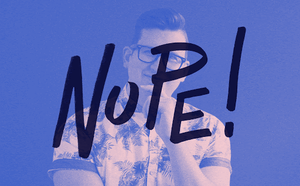
“W-what?” I replied, surprised. “That’s not what this is for,” she said. “I’m sorry, but we’ll have to do headshots another time.”
“But…” I muttered, defeated, “my face has changed.” Such a vain thing to say, but I wanted Maggie to sympathize with me.
“And you look great!” she replied. “But if I let you get new headshots, it opens the floodgates and pushes back our deliverable. Sorry!”
Oh, cool.
Yeah. Understood. That’s totally fine.
But it wasn’t fine. I had just been told “nope,” by a new team member! And for such a quick request! It would take like two minutes, max. Fortunately, I’m a very persistent person, so a day later, I asked one of our other project managers to ask Maggie if we could sneak in a headshot. And she told her the same thing: “Please tell Frank that this photoshoot is not for headshots.”
DANGIT.
I could see why we brought her on as a project manager. She really committed to doing her job, to putting people in their place to get results. And sure, that’s great for most projects, but not for this. I was still a leader in our organization, and I still wanted my headshot! Who cares that she said I couldn’t get one. It’s not like I was going to get in trouble with anyone for doing it anyway. I decided I’d go ahead and sneak in for my headshot — “nope” be darned.
The day of the photoshoot arrived, and I was dressed *chef’s kiss* to impress. This was my time to shine. No, not “shine”; my time to look dewy and radiant and 65 pounds lighter in a photo for the first time in years, which I had earned, goshdarnit.
During the lunch break, Ken, acting as a photographer for the shoot, came over to my desk. “Hey Frank, I’ve got a couple of extra minutes right now. It would seriously not be a big deal to get you in and knock out these headshots.”
And there it was: the end to my headshot woes, right within my grasp. But as I went to accept Ken’s offer, I suddenly felt gross about the whole thing. Even though I hadn’t felt like it was a big deal initially, I realized now that what I had been planning to do was, to be blunt, pretty uncool and disrespectful of Maggie. I knew I had to turn Ken down.
“Actually, I’m not going to get the headshot, Ken. It’s all good.” He stared at me with a puzzled look. “I don’t think it’s fair to get mine when you don’t even have one,” I said. “Maggie was right, this isn’t a headshot photoshoot.”
Up until this point, I had felt that I had every right to do what I wanted and apologize for it later. But in this very small — very sobering — moment, I realized what actual empowerment looks like and feels like, and why it’s so important to building and sustaining healthy workplace culture.

Empowerment means losing control
When we decide to empower people, we’re making the choice to guide and nurture them, even if they choose to do something “off-script” or different from how we’d approach it. Real, true empowerment means ceding control and decision-making rights to someone else and then — this is important — actually allowing them to do the thing that you told them they had the power to do.
Quick pro-tip: If you want someone to complete a task, just call it a task. Please don’t hide your agenda behind a loaded term like empowerment to give them a false sense of opportunity, flexibility, or decision-making rights.
When you really empower someone, you shouldn’t take that authority back, you shouldn’t undermine that person’s decision, and you definitely should not sneak in for a quick headshot after you’ve explicitly been told “nope.” Because if you do so, you’re not only destroying that individual person’s sense of empowerment, but you’re also showing those around him or her that they can expect similar treatment, too. Small moments add up. Revoking “empowerment” is not a victimless crime.

Small. Diminished. Less than. How micro-management feels. Original art by Brian Jacob
As a leader, this kind of empowerment might make you feel uncomfortable — as it made me. After all, most of us are used to getting our way. But at the end of the day, I realized that respecting the authority Maggie had been given by her VP was much more important than my own vain desire to look less chunky on a website or PowerPoint slide. Because that’s what empowerment’s about: other people taking ownership and control, even if it means you can’t get exactly what you want.
Practice “NOPE” for yourself
So here’s my challenge to you: The next time you’re faced with an opportunity to “empower someone,” I want you to do your best to hold back from taking things over. Tell yourself “nope.” And when someone else—a person who’s been empowered—tells you “no,” listen to them instead of concocting another way to get what you want. When things go in a different direction than what you were expecting, pay attention to how you respond, the tone and phrases you use. Are you trying to mentor and nurture, or are you manipulating and controlling to get your way?
Getting to the point of sustained team empowerment takes time and practice. But if you put in the work, you’ll see positive ripple effects elsewhere in your organization’s culture — even if it means looking “fat” in your headshot for just a little longer.
P.S. Here’s a smattering of the actual Maggie-approved shots taken during that two-day photoshoot:
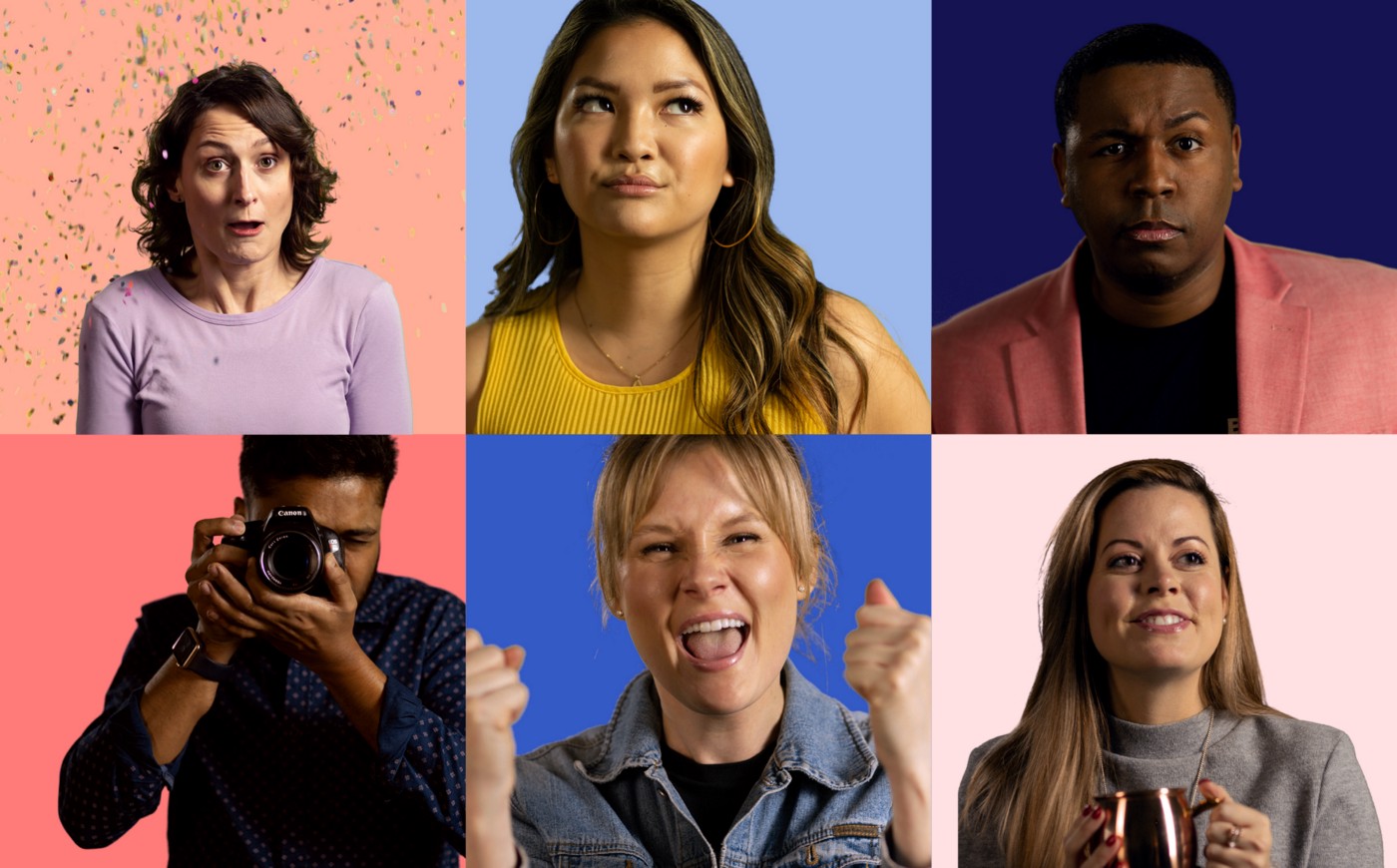
A sampling of our crazy awesome team.
Frank Danna is the Director of Culture and Seneca for Softway. He’s also the co-creator of the Seneca Series — a radical suite of products designed for sustained culture change. Previously, he co-founded parabox creative and GhostCodes (acquired and sold) and did some other stuff too.
📝 Save this story in Journal.
🌎 Wake up every Sunday morning to the week’s most noteworthy stories in Society waiting in your inbox. Read the Noteworthy in Society newsletter.


